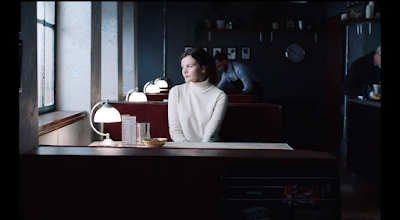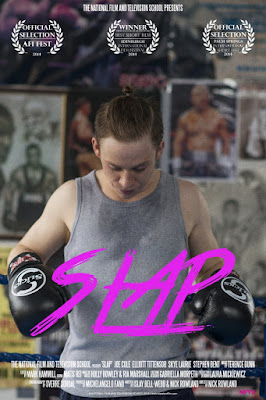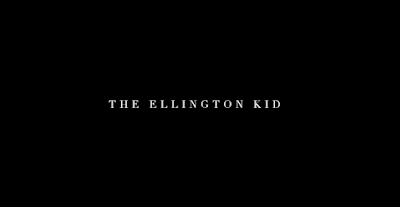The Arrival by Daniel Montanarini
This short film was inspired by a documentary, All About Mothers. This simple yet effective 5 minute film features the monologue, in the form of a voice over, of a young woman drinking coffee in a café. The woman is awaiting The Arrival of an unknown man and father of her unborn child.
The most important prop is the coffee, this is used to portray anxiety as well as develop the story as to whether this woman wants to keep her unborn child or not - de-caff or not. The spilling of the coffee symbolises the spilling of her thoughts yet also the realisation of what she might actually want.
I enjoyed watching this short film, as it's simplicity was rather captivating and the pleasing aesthetic of the continuous shot encouraged me to continue watching. The story line - I am sure is relatable to many women in the world today and is most likely quite emotionally arousing to some. The ending, in which the man was never revealed, was a successful way to provoke questioning and one's imagination. The woman's voice was very gentle and easy to listen to, and the idea that it was the audience being vented to with her thoughts allowed for a sympathetic and intimate relationship between them and the character.
The scene is set up to look slightly as if the woman is sitting on a train carriage, which smoothly links to the loud train sound effects towards the end of the film. This highlights that the character is on a journey; this may be the end of the film but it is the start of something for her. The train sound FX signifies a change - departure of some things, as well as arrival of others. Also, when the non-diegetic sound comes to an end, the woman seems to have rebooted her thoughts as she now considers and creates more ideas of what this child may look like or whether there might be two of them - further highlighting the change in her thought process as she was previously set on not keeping the child.
The colours used in this short film are very muted, cold tones of dark blues, greys and whites. The lighting is focused mainly on the woman's face and is darker on the right side of the screen, where there is no window, to create a deep chiaroscuro possibly reflecting the two options the woman has and her confusion. However, this right side of the room is still used for extra characters to build on the woman's monologue, portraying her thoughts. For example, when she starts to talk about a relationship, a young couple walk into this dark and the light is placed so that their hands, which each is holding, stand out, further highlighting her emotions and wants. Again, when the woman says, "I don't have enough time", an old lady is stood in this darkness right beneath the clock. These small moments build upon the narrative and add weight to the woman's situation.
The cinematography is simple as there is not any huge direction it could go as the film is focussed on one character and one moment. However, at the beginning the camera is placed behind the door; highlighting the cold weather outside with the frost on the window which may add further effect to the woman's feelings. The establishing shot of the door shutting allows the audience to understand the layout of the café and they now know where to expect the arrival - creating suspense. The camera then begins to slowly nudge in, creating more intimacy between the audience and the woman as well as symbolising her progressive train of thought.
The most important prop is the coffee, this is used to portray anxiety as well as develop the story as to whether this woman wants to keep her unborn child or not - de-caff or not. The spilling of the coffee symbolises the spilling of her thoughts yet also the realisation of what she might actually want.
I enjoyed watching this short film, as it's simplicity was rather captivating and the pleasing aesthetic of the continuous shot encouraged me to continue watching. The story line - I am sure is relatable to many women in the world today and is most likely quite emotionally arousing to some. The ending, in which the man was never revealed, was a successful way to provoke questioning and one's imagination. The woman's voice was very gentle and easy to listen to, and the idea that it was the audience being vented to with her thoughts allowed for a sympathetic and intimate relationship between them and the character.




Comments
Post a Comment